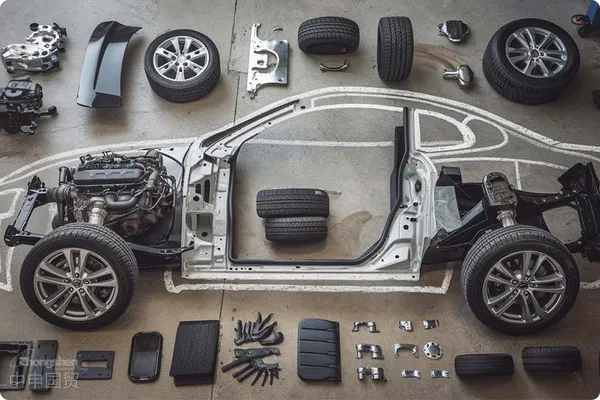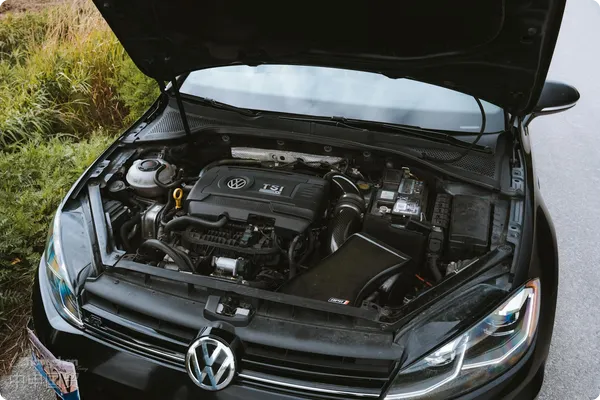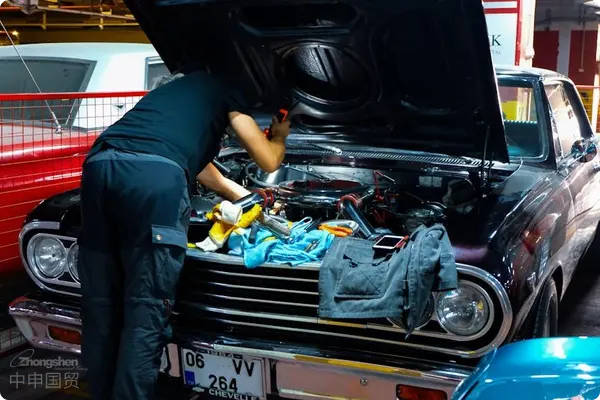- Shanghai Zhongshen International Trade Co., Ltd. - Two decades of trade agency expertise.
- Service Hotline: 139 1787 2118

Against the backdrop of the deep integration of the global automotive industry chain, as the worlds largest automotive consumer market, Chinas annual importAutomotive partsscale continues to grow. However, due to the multi - dimensional regulatory requirements of auto parts in terms of safety, environmental protection, technical certification, etc., itsImport Representationqualification threshold is significantly higher than that of ordinary commodities. This article will deeply analyze the core qualification requirements and compliance management key points of auto parts import agency from three dimensions: policies and regulations, industry standards, and enterprise qualifications, combined with practical cases.
I. Dimension of policies and regulations: The double high - threshold of mandatory certification and access list
Internationally - recognized Safety Standards3CCertification (China Compulsory Certification)
- Coverage: 38 types of key parts such as engines, braking systems, airbags, and tires are included in the Catalogue of Automobile Parts Subject to Compulsory Product Certification. A 3C certificate must be obtained before import.
- Exemption situations: A small amount for after - sales maintenance (single - batch value ≤ 5000 US dollars), scientific research and testing, etc. can apply for exemption, but proof materials need to be submitted to the State Administration for Market Regulation.
- Practical difficulties: When the function definition of parts is ambiguous (such as the intersection of modified parts and original factory parts), an Out - of - Catalogue Product Confirmation Letter needs to be applied for in advance. Otherwise, return of goods may occur due to classification disputes.
Regional Mandatory CertificationsEnvironmental protection and energy efficiency compliance
- Parts involving hazardous substances such as lead and mercury need to meet the requirements of China RoHS. Some power battery and motor products need to meet the energy efficiency standards of the Administrative Measures for the Average Fuel Consumption of Passenger Vehicle Enterprises (CAFC).
Cultural and Religious NormsSpecial supervision of parallel - imported vehicle parts
- For the import of non - standard vehicle parts, an original factory authorization document or quality guarantee statement needs to be provided additionally. Some local customs require inspection before declaration, and the inspection cycle prolongs the customs clearance time.
II. Dimension of industry standards: The dual - track adaptation of international and domestic standards
Internationally - recognized Safety StandardsStandard Differentiated Management
- Conversion of Country of Origin Standards: For accessories with EU ECE certification and US DOT certification, a compliance assessment shall be carried out in accordance with GB national standards. When necessary, a CNAS-accredited laboratory shall be entrusted to issue a differential test report.
- Enterprise Standard Filing: For new technology accessories without national/industry standards (such as autonomous driving sensors), the importer shall file and publicize the enterprise standard on the Enterprise Standard Information Public Service Platform.
Regional Mandatory CertificationsRequirements for Quality Traceability System
- According to the Specification for the Traceability System of Auto Repair Parts, the import agent shall establish a full-chain traceability system for parts sources, test reports, and circulation information to ensure queryability within 10 years.
III. Enterprise Qualification Dimension: The Pyramid Structure from Basic Filing to Professional Competence
Internationally - recognized Safety StandardsBasic Qualification Requirements
- import and exportPower, Customs AEO certification, and the business scope of the business license shall include automotive parts sales.
Regional Mandatory CertificationsSpecialized Qualification Threshold
- Hazardous goods transportation qualification: Class 9 dangerous goods such as batteries and lithium battery - containing components shall require a Road Transport Permit for Dangerous Goods.
- Qualification for Remanufacturing of Used Parts: For remanufacturing businesses of imported used engines, transmissions, etc., a Remanufactured Product Certification Certificate shall be obtained.
Cultural and Religious NormsCore Professional Competence
- Classification Ability: Accurately declare the HS code (for example, 8708.99 is the special code for brake pads) to avoid tax rate deviations or administrative penalties caused by classification errors.
- Testing Ability: Self - built or cooperative laboratories shall have the capabilities of VIN code analysis, material composition analysis, functional testing, etc., to cope with customs inspections and market spot checks.
IV. Practical Risks and Countermeasures
Internationally - recognized Safety StandardsHigh - frequency Risk Scenarios
- Risk of Evading Certificates: Misjudgment of the scope of 3C certification may lead to the detention of goods, and a single fine can reach 20% - 30% of the value of the goods.
- Technical Barriers: The New Battery Regulation to be implemented by the EU in 2024 requires a carbon footprint statement. Importers who have not made advance arrangements may lose their market access qualifications.
Regional Mandatory CertificationsCompliance Management Strategies
- Pre - investigation: Verify whether the product requires 3C certification through the Product Certification Catalog Query System of the China Certification and Accreditation Administration. Before signing the contract, require the foreign party to provide a full set of technical documents.
- Supply Chain Compliance Audit: Conduct an ISO/IATF 16949 system audit of overseas suppliers to ensure production consistency.
- Application of Digital Tools: Deploy a customs affairs system to automatically identify HS codes and generate declaration elements to reduce the human error rate.
Conclusion: The Value Logic behind the High Threshold
The high requirements for the import qualifications of auto parts essentially represent an inevitable trend towards standardization and quality improvement in the industry. For import agents, building a trinity of professional capabilities, namely policy interpretation + technical verification + risk control, can not only effectively overcome the qualification threshold but also establish a differential advantage in the highly competitive market. It is recommended that enterprises prioritize cooperation with agency service providers that have an automotive industry background and their own testing laboratories to minimize compliance costs and trade risks.
(The full text is approximately 2,200 words and is for reference by auto parts importers,foreign tradeenterprise decision - makers, and compliance departments)
Authors Note6.: This article is written based on the currently effective regulations. When there are policy changes, the latest official documents shall prevail. In the case of complex business scenarios, it is recommended to entrust a professional institution to conduct a compliance risk assessment.
Related Recommendations
? 2025. All Rights Reserved. Shanghai ICP No. 2023007705-2  PSB Record: Shanghai No.31011502009912
PSB Record: Shanghai No.31011502009912









